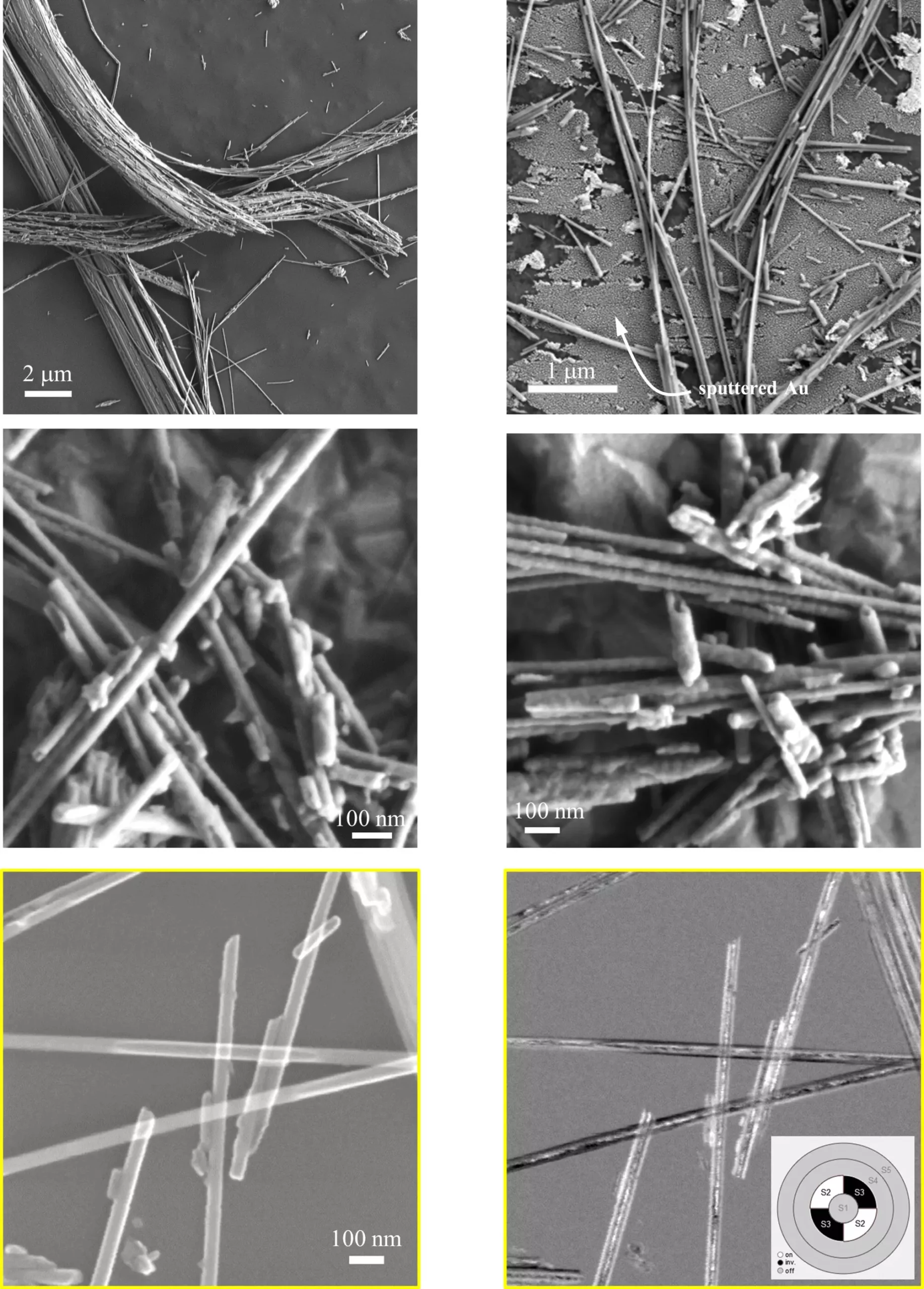Transmission electron microscopy (TEM) has long been the standard method for testing asbestos in various samples, but it is expensive and requires highly trained staff. Recently, researchers at the National Institute of Standards and Technology (NIST) have found that scanning electron microscopy (SEM) could be a viable alternative that is more cost-effective and convenient. This discovery could revolutionize asbestos testing and remediation processes in the United States.
One of the main issues with TEM is the high cost and specialized training required to operate the equipment. This has made it difficult for many facilities to conduct asbestos testing regularly, leading to potential health risks for occupants. The use of phase contrast microscopy, while cheaper, is less precise and may not provide accurate results.
SEM, on the other hand, offers a more affordable and accessible option for asbestos testing. It can achieve results comparable to TEM and is easier to use, making it a practical choice for many testing and remediation projects. This method has the potential to speed up testing processes and reduce the overall expense of asbestos remediation, which currently costs billions of dollars annually.
Both TEM and SEM are forms of electron microscopy that involve focusing electron beams on microscopic material to analyze its composition and structure. While TEM allows for more detailed imaging and better spatial resolution, SEM has significantly improved in recent years. Manufacturers now offer tabletop SEMs that can be used in the field, providing more flexibility and convenience compared to TEM.
Researchers at NIST tested SEM using Standard Reference Material (SRM) 1866, a sample of asbestos fibers with well-documented properties. The results of their analysis closely matched the data provided with the SRM, demonstrating the accuracy and reliability of SEM in asbestos testing. This confirms that SEM is a suitable alternative to TEM for identifying and classifying asbestos fibers.
The development of scanning electron microscopy as a viable alternative to traditional asbestos testing methods is a significant step forward in the field of environmental health and safety. The affordability and accessibility of SEM make it a practical choice for many facilities looking to conduct regular asbestos testing and remediation. As technology continues to advance, SEM may become the new standard for asbestos identification and classification, improving efficiency and reducing costs in the process.


Leave a Reply